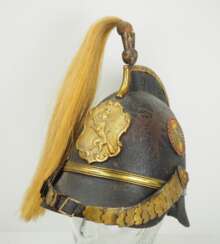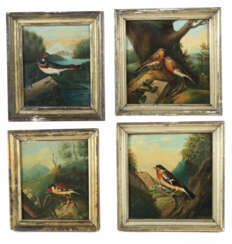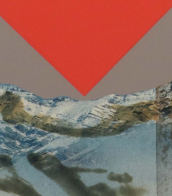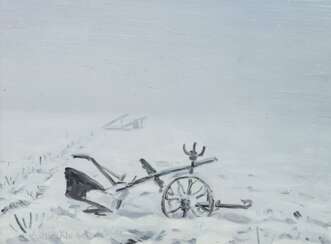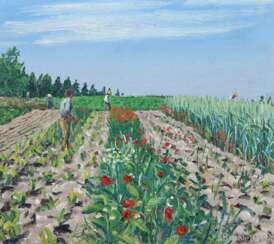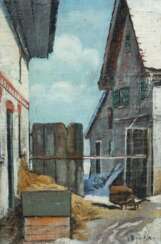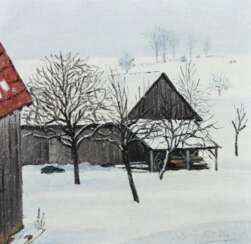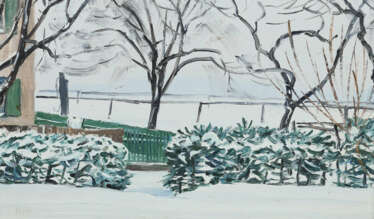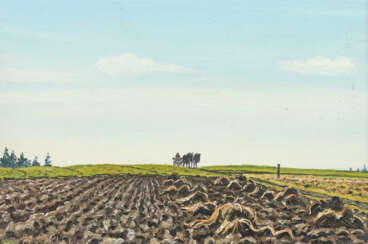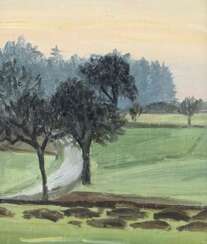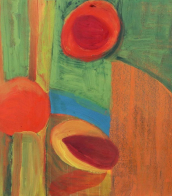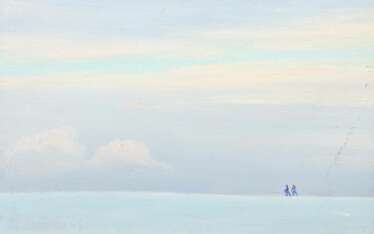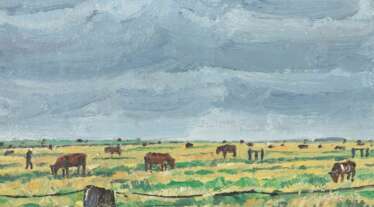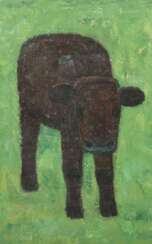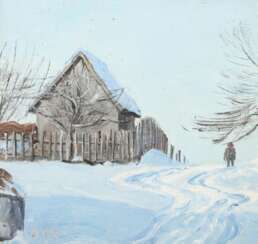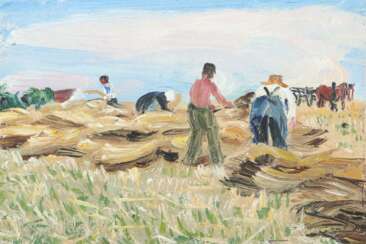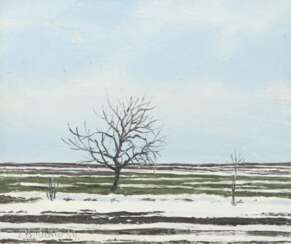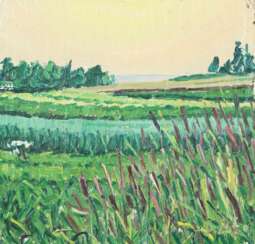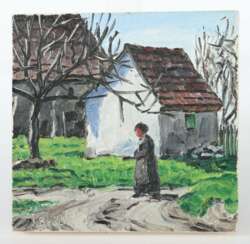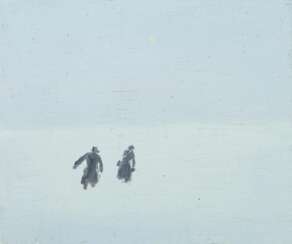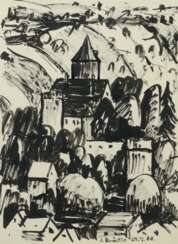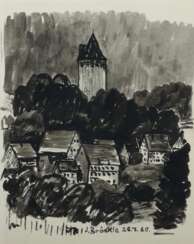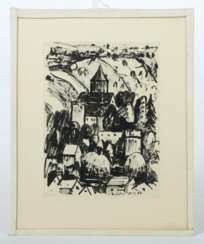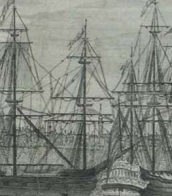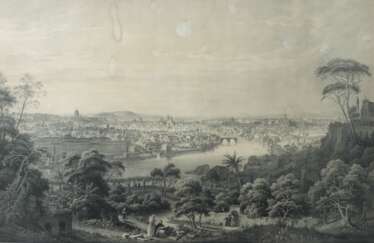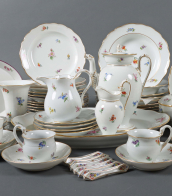biberach
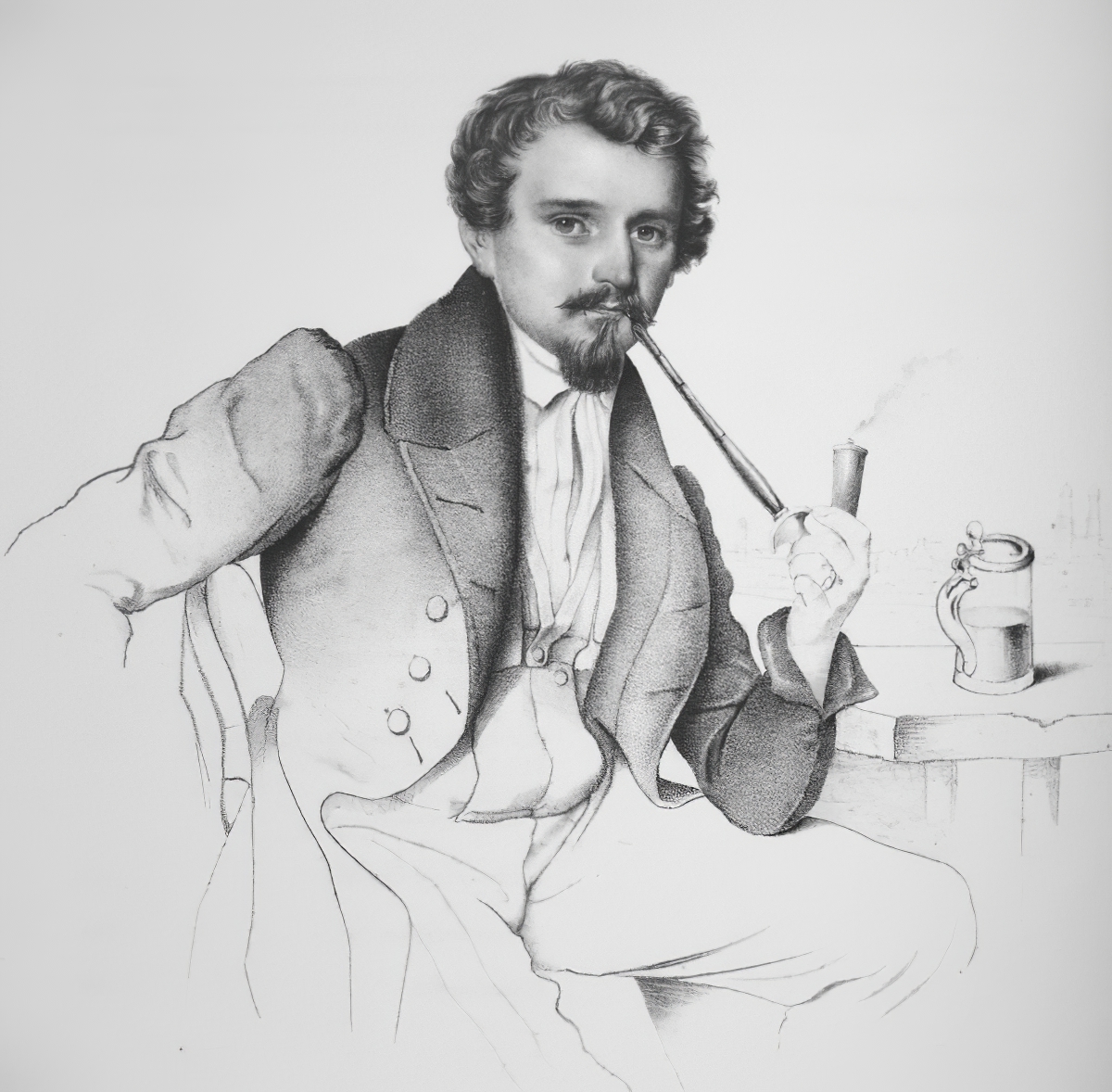
Markus Eberhard Emminger was a German lithographer and landscape painter.
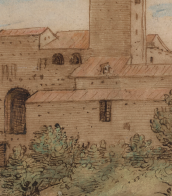
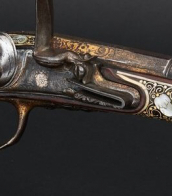
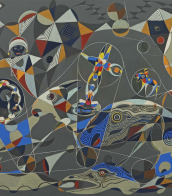




Jakob Bräckle, a German painter, overcame physical challenges caused by a childhood vaccination mishap. He pursued art education at Stuttgart's Kunstgewerbeschule and later the Akademie der Bildenden Künste. Returning to his roots in Winterreute in 1923, Bräckle's journey took an unexpected turn in 1938 when he joined the NSDAP out of fear of persecution as a disabled artist. Despite this, his depictions of rural life thrived during the Nazi era.
In the late 1940s, influenced by Kasimir Malewitsch's works, Bräckle transitioned from small-scale rural scenes to large-format concrete art, removing human figures from his paintings entirely. His art found simplicity in monochromatic fields, notably in "Gelbes Feld" (1981). Bräckle resided humbly in Biberach's Talfeld district from 1937, where his modest studio now stands in the Braith-Mali-Museum, preserving his legacy. His artistic evolution, as he described in 1957, aimed for the "utmost simplicity" in his quest for abstraction, departing from naturalistic representations.
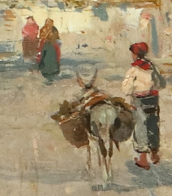

Jakob Bräckle, a German painter, overcame physical challenges caused by a childhood vaccination mishap. He pursued art education at Stuttgart's Kunstgewerbeschule and later the Akademie der Bildenden Künste. Returning to his roots in Winterreute in 1923, Bräckle's journey took an unexpected turn in 1938 when he joined the NSDAP out of fear of persecution as a disabled artist. Despite this, his depictions of rural life thrived during the Nazi era.
In the late 1940s, influenced by Kasimir Malewitsch's works, Bräckle transitioned from small-scale rural scenes to large-format concrete art, removing human figures from his paintings entirely. His art found simplicity in monochromatic fields, notably in "Gelbes Feld" (1981). Bräckle resided humbly in Biberach's Talfeld district from 1937, where his modest studio now stands in the Braith-Mali-Museum, preserving his legacy. His artistic evolution, as he described in 1957, aimed for the "utmost simplicity" in his quest for abstraction, departing from naturalistic representations.



